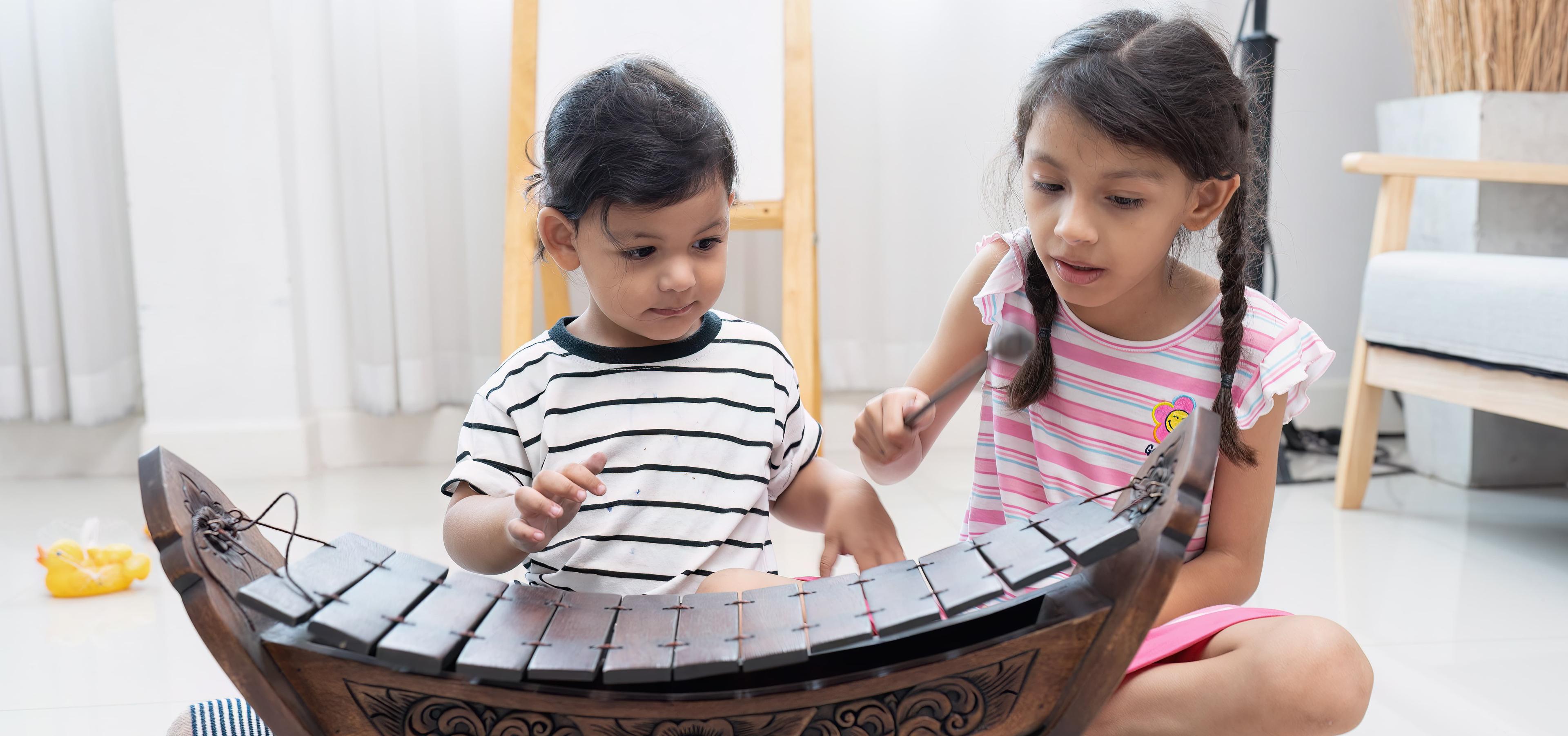Music for listening is an essential tool used to develop a child's sense of hearing and appreciation for different types of music in the Montessori environment.
Overview of Music for listening:
Music for listening provides a rich sensory experience for children. It allows them to explore and engage with different types of music such as classical, folk, western music etc. The experience of listening to music provides children with an opportunity to develop their auditory senses and learn to appreciate the beauty of sound.
In the Montessori environment, music for listening is typically presented in a calm and peaceful environment, free from distractions. Children are encouraged to listen carefully to the music and reflect on their emotions and thoughts about what they hear. This approach to music encourages children to develop a deeper connection to the music, fostering a lifelong appreciation for music and the arts.

Benefits of music:
Here are some of the benefits of playing a variety of music in a Montessori classroom:
- Developing listening skills: Music requires children to focus on the sounds they are hearing, which can help to develop their listening skills.
- Promoting cultural appreciation: Exposure to a variety of musical genres can help children to appreciate different cultures and styles of music.
- Stimulating creativity and imagination: Music can inspire children to create their own art or stories.
- Creating a calming atmosphere: Playing music in the classroom can create a calming atmosphere that can help children to relax and focus on their work.
Points to keep in mind:
- Choose a variety of musical genres to expose children to different cultures and styles of music.
- Control the volume and timing of the music to avoid distracting or overstimulating children.
- Choose music that is appropriate for the classroom as a whole, taking into account any sensitivities that children may have.
When selecting music for a Montessori classroom, it's important to choose a variety of musical genres, as this can help to expose children to different cultures and styles of music. The list provided in the original text is a great starting point, but teachers are encouraged to add additional music from different traditions, such as Blues or Jazz.
Here's the list of music to consider:
- Eine kleine Nachtmusik (A Little Night Music) by Mozart
- Carnival of the Animals by Saint-Saens
- Children's Corner Suite by Debussy
- Fantasiestucke by Schumann
- Firework Music by Handel
- Flight of the Bumble Bee by Rimsky-Korsakov
- Grand Canyon Suite by Grofe
- Young Person's Guide to the Orchestra by Britten
- La Mer by Debussy
- Mikrokosmos by Bartok
- Night on Bald Mountain by Mussorsky
- Peter and the Wolf by Prokofiev
- Peter Grimes by Britten
- Petrushka by Stravinsky
- Pictures at an Exhibition by Mussorsky
- Scenes of Childhood by Schumann
- Scheherazade by Rimsky-Korsakov
- Symphony No. 6, Pastoral by Beethoven
- Symphony No. 101, Clock by Haydn
- The Four Seasons by Vivaldi
In conclusion, music for listening is an essential tool in the Montessori environment for developing a child's sense of hearing and appreciation for different types of music. It provides children with a rich sensory experience, fosters a lifelong appreciation for music and the arts, and promotes social and emotional development. Through the use of music for listening, children in the Montessori environment can learn to connect with their emotions, appreciate the diversity of cultural traditions, and develop a deeper understanding and appreciation of the world around them.

